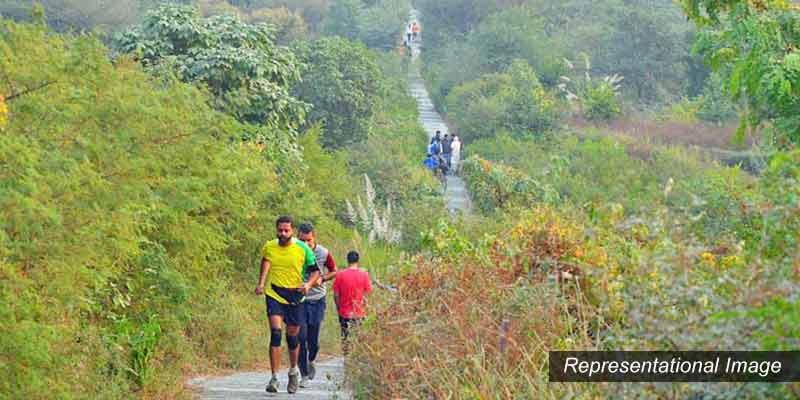- India
- Mar 27
What is Aravalli Green Wall Project?
• Union Minister Bhupender Yadav launched the Aravalli Green Wall Project that will cover roughly 1,400-km long and five km wide green belt buffer around the Aravalli mountain range, in parts of Gujarat, Rajasthan, Haryana and Delhi.
• The project will increase the green cover and biodiversity of the Aravalli through afforestation, reforestation and restoration of water bodies.
• It will also improve the soil fertility, water availability and climate resilience of the region.
• It will benefit the local communities by providing them with employment opportunities, income generation and ecosystem services.
• The rejuvenation of water bodies and catchment of the local streams will help in improving the overall soil moisture regime, productivity and drought resilience.
• The project is conceptualised on the lines of the Great Green Wall initiative in Africa. Launched in 2007 by the African Union, the Great Green Wall initiative aims to restore degraded landscapes and transform millions of lives across an 8,000 km belt of Africa known as the Sahel, spanning 11 countries. So far, almost 18 million hectares of degraded land have been restored.
Aravalli Green Wall Project
• The Aravalli Green Wall Project is part of the Union environment ministry’s vision to create green corridors across the country to combat land degradation and desertification.
• The project covers states of Haryana, Rajasthan, Gujarat and Delhi — where the Aravalli hills landscape span over 6 million hectares of land.
• The project will involve planting native species of trees and shrubs on scrubland, wasteland and degraded forest land, along with rejuvenating and restoring surface water bodies such as ponds, lakes and streams.
• The project will also focus on agroforestry and pasture development to enhance the livelihoods of local communities.
Objectives of the project:
• Improving the ecological health of the Aravalli range.
• To prevent eastward expansion of Thar Desert and to reduce land degradation by creating green barriers that will prevent soil erosion, desertification and dust storms.
• This green wall will help in carbon sequestration and mitigating climate change to enhance the biodiversity and ecosystem services of the Aravalli range by planting native tree species in the Aravalli region, providing habitat for wildlife, improving water quality and quantity.
• Promote sustainable development and livelihood opportunities by involving local communities in afforestation, agroforestry and water conservation activities that will generate income, employment, food security and social benefits.
• The project will be executed by various stakeholders such as central and state governments, forest departments, research institutes, civil society organisations, private sector entities and local communities.
• Contribute to India’s commitments under various international conventions such as UNCCD (United Nations Convention to Combat Desertification), CBD (Convention on Biological Diversity) and UNFCCC (United Nations Framework Convention on Climate Change).
• Enhancing India’s image as a global leader in environmental protection and green development.
Additional read:
India is working towards restoring 2.6 crore hectares of degraded land by 2030 and is assisting fellow developing countries to develop land-restoration strategies. Land degradation is caused by multiple forces, including extreme weather conditions, particularly drought. It is also caused by human activities that pollute or degrade the quality of soils and land utility.
Manorama Yearbook app is now available on Google Play Store and iOS App Store

